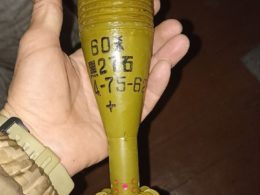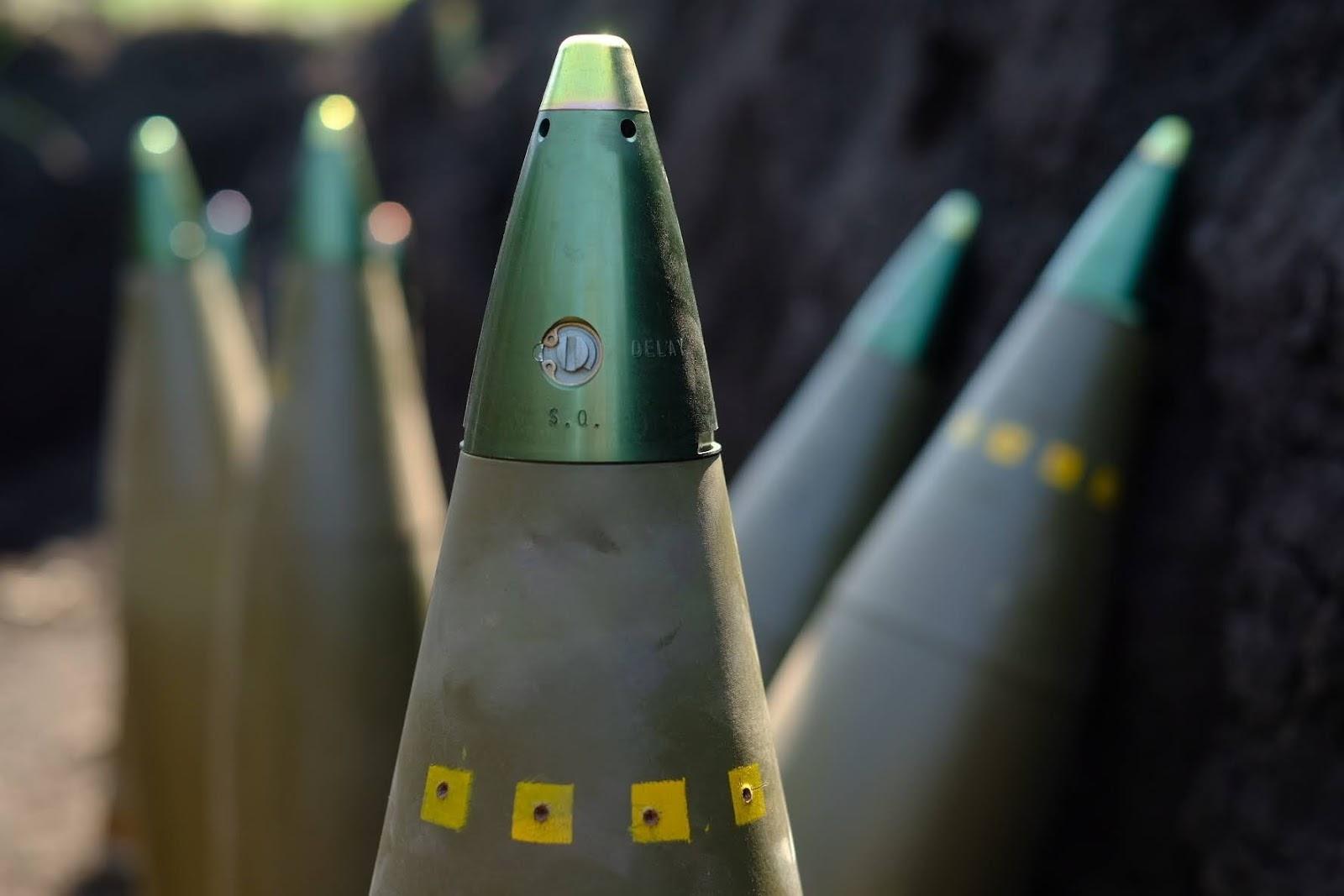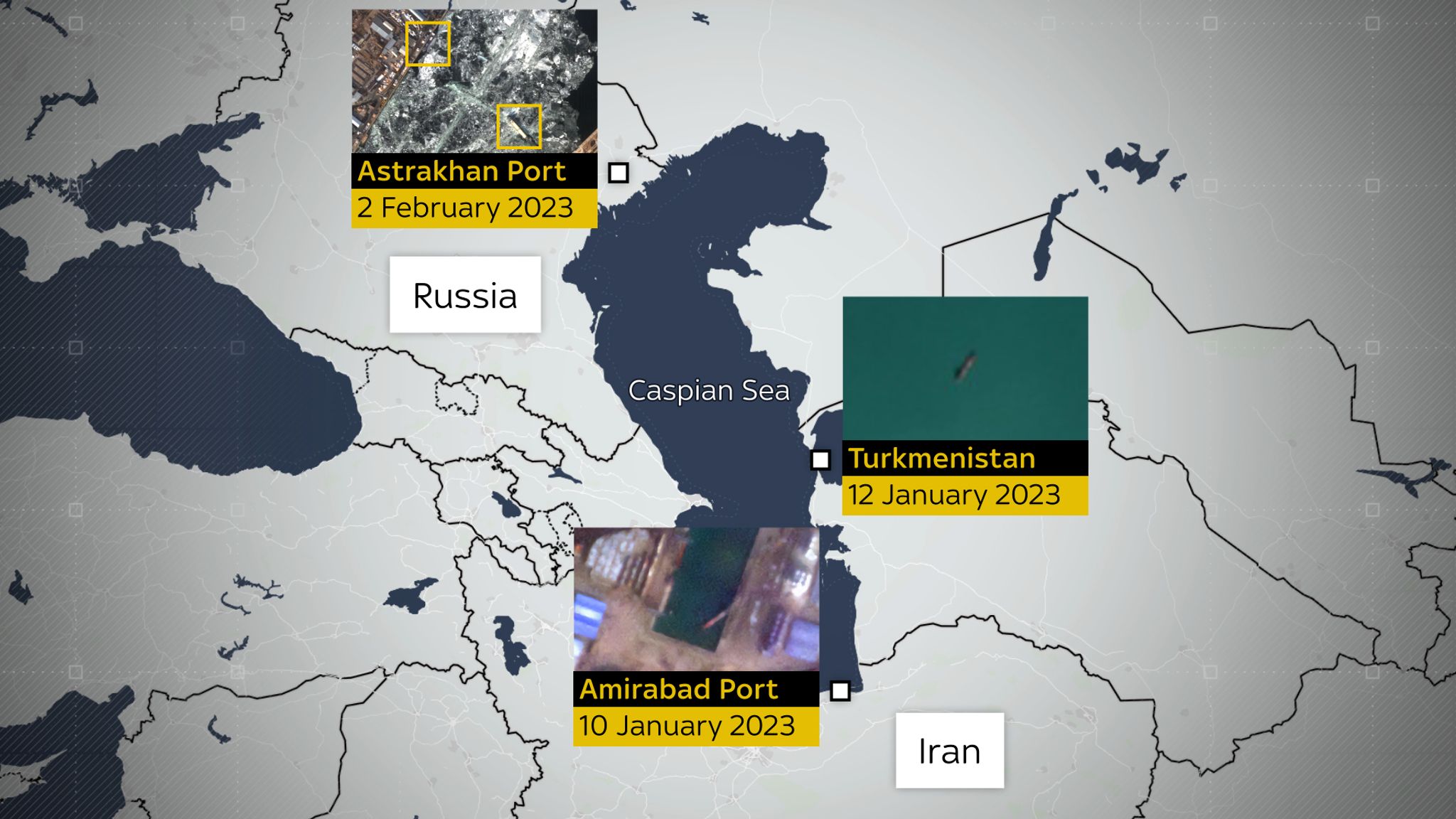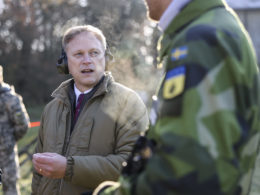A large-scale India–Pakistan war could raise prices and hit Ukraine's army hard, says military expert Bohdan Myroshnychenko, Ekonomichna Pravda reports.
Ukraine depends on the global arms market. Unlike Russia, which leans on its own production or buys weapons from isolated allies like Iran and North Korea, Kyiv relies on a patchwork of foreign stockpiles and international deals.
Weapons now come not only from Western aid but also through intermediaries who enable neutral states to sell through third countries. Some Ukrainian ammunition originates in India and Pakistan.
A war between them would cut those supplies.
Both countries would scramble to find weapons and drones worldwide. India’s economy is worth $3.5 trillion, and Pakistan’s is around $300 billion. Once they shift into wartime spending, they’ll become major customers in an already overstretched global market.
Ammo prices have already skyrocketed, and they’ll go higher. The Times reported last year that since Russia’s full-scale invasion, Grad rockets quintupled in price, while 152mm and 155mm shells tripled.
A new conflict in Asia would also drive up the cost of FPV drones and Mavic quadcopters, since most of their components come from China. That means Ukraine, Russia, India, and Pakistan will all compete for the same Chinese factory slots.
The risks aren’t only direct. Major wars create ripple effects. Israel’s war in Gaza and Lebanon, though smaller in scale, has already diverted some Western ammunition from Ukraine. After Russia annexed Crimea and started a full-scale war, Lithuania increased its defense spending by 272%, and after 2022, rearmament spread across Europe. Every one of these countries is another player in the global arms queue.
Ukraine may have to compete even with allies. The EU is gradually prioritizing arms shipments to Ukraine, but it’s also rearming itself. At times, Ukraine finds itself in line for deliveries even at friendly factories.
So what can Ukraine do? President Zelenskyy says Ukraine’s domestic defense industry now covers 40% of the army’s needs — a solid figure, but still not enough. Ukraine must continue to expand its own production, create joint ventures with Western firms, especially European, and secure long-term import contracts.





